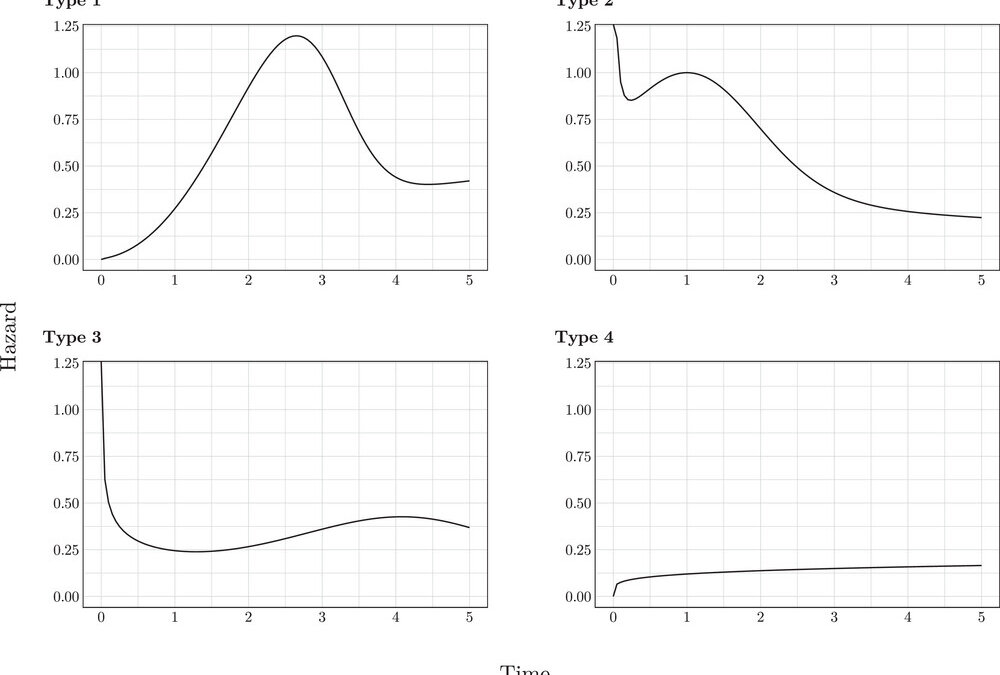September 22, 2025
The authors have presented a new method to allow accelerated failure time models (AFTs) to have a flexible parametric framework and to also allow implementing mixture and non-mixture cure models. The authors aimed to introduce extensions to the flexible parametric AFT models, including the Cox and Oates time-dependent model, use of monotone natural splines, and both mixture and nonmixture cure models. In a mixture cure model, though the population consists of both “cured” and “uncured” individuals, the probability of cure is explicitly modeled while in contrast the nonmixture cure model assumes all individuals are at risk but constrains the survival function to have a horizontal asymptote at the end of follow-up. For the nonmixture cure functions, they used monotone natural splines with a B-spline. For the mixture cure model they represented it by a logistic model and combined it with measures of survival or cumulative hazard that follow an AFT model for their defined measures of survival and cumulative hazard. For optimization they used the Broydon-Fletcher-Goldbarb-Shanno (BFGS) algorithm with analytical gradients. They have an R package, rstmp2.
In simulations, they compared their flexible parametric AFT models to the Cox proportional hazards model. They varied comparing mixture cure, nonmixture cure, and AFT with no cure. They found 83,7% of the AFT model fits converged but was highest for noncure AFT models, 2nd highest for nonmixture cure models, and the lowest for the mixture cure models. Their AFT models estimated the covariates effects reliably even in scenarios that had high cure fraction. Their mixture cure models had an issue where for the optimization algorithm, it was highly sensitive to the selection of initial values for the spline coefficients. They still felt their methods could handle mixture cure modeling but it was still unclear. Possible extensions include incorporating a random effect to handle unobserved heterogeneity. Also, if they used penalized splines then they would need a penalized log-likelihood and also integration of random effects. One important item the authors did not really discuss was how the Weibull distribution upon which the AFT models are built requires proportional hazards and they did not really discuss situations where this may occur and how their modeling may or may not handle this issue. Their reliance is on parametric modeling but this can come with costs in terms of assumptions.
Written by,
Usha Govindarajulu
Keywords: survival, AFT model, Cox model, cure, spline, acceleration factor
References:
Akynkozhayev B, Christoffersen B, Liu X, Humphreys K, and Clements M. (2025). “Flexible Parametric Accelerated Failure Time Models With Cure” Biometrical Journal.
https://doi.org/10.1002/bimj.70074
Cox D.R. and Oates, D (1984). “Analysis of Survival Data” Vol 21. CRC Press.
https://onlinelibrary.wiley.com/cms/asset/6c495316-455d-4fd2-b9a8-aac15ecac5fc/bimj70074-fig-0001-m.jpg
